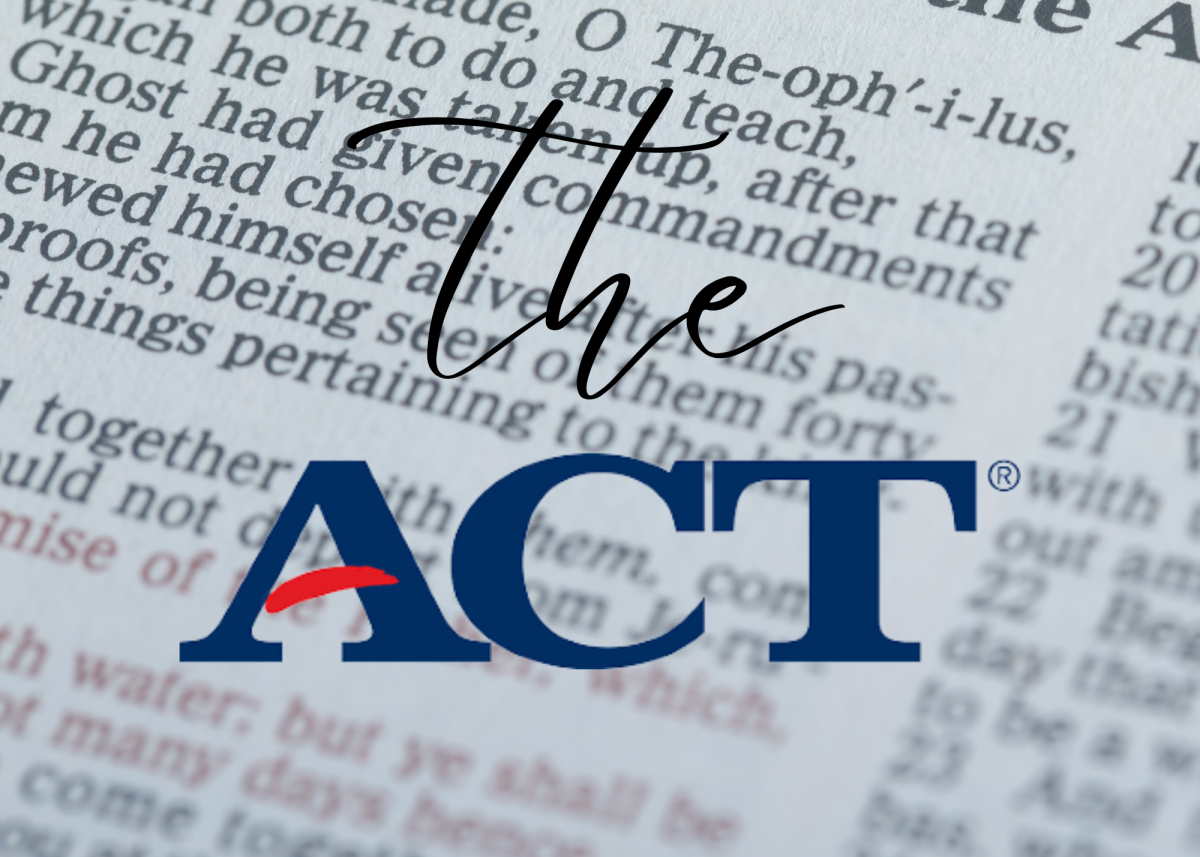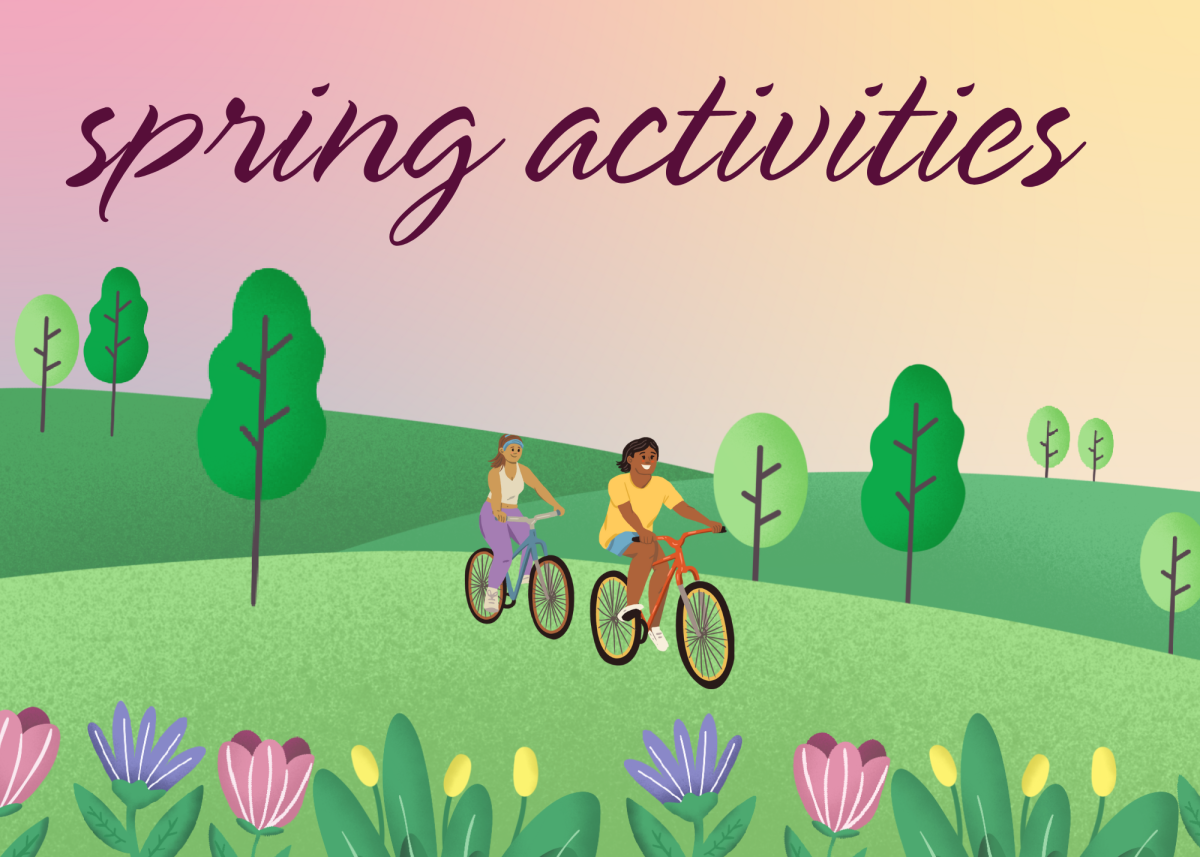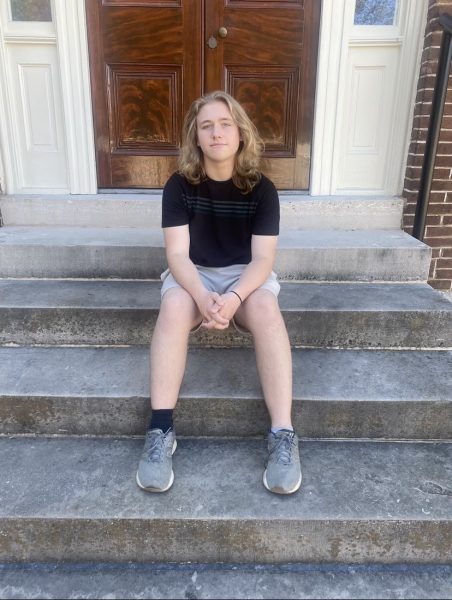The United States of America is famous, or rather, infamous for its car-centric infrastructure and peculiar lack of public transportation. In many other comparable developed western democracies, there is a system of mass transit in place, especially in their urban metropolises. Paris, for example, has a population of about 2 million served by the 14-line Métro de Paris or London which transports over 1 billion passengers annually via the London Underground. France maintains six metro systems in the country in Paris, Lille, Lyon, Marseille, Rennes, Toulouse, Germany houses five, Spain runs seven and even the small country of Portugal has two metro systems. In the United States we have 16 for a country that is larger than the entire continent of Europe. Of the top ten most populous American cities, only four have metro systems in place; of the top 20 that number is only extended to six. It is clear from this that America is seriously lacking in rapid public transportation in comparison to countries of similar economic power and development.
There are, of course, different types of public transportation besides metro, which is primarily used in the above comparison for its widespread use and usefulness for high numbers of people, like buses, taxis, ferries, light rail (such as tram), rapid rail (such as subways) and much more. The benefits of which are many: Public transportation alleviates traffic, creates jobs, benefits the environment and benefits the least empowered of society.
In car-centric city design, the problem of traffic is an obvious and looming one to citizens and city planners alike. In urban centers both major and minor traffic causes both the average commuter and EMS vehicles heartache on a daily basis. A common solution in many cities is adding lanes, but this does nothing to solve the issue and only produces routes like Texas’s Katy Freeway, which houses what is believed to be the world’s widest road at 26 lanes. Since its expansion, the road has seen worse traffic than ever before. Taking cars off the road is the only real way to affect the amount of or intensity of traffic.
Money spent on public transportation yields 20% more jobs than if that same sum of money were to be spent on roads. In 2021 mayors from more than 100 cities estimated that funding public transportation could create more than 4.6 million jobs by 2030. With more than 6.5 million unemployed people in the United States, this kind of job creation would be invaluable to the millions of families in need. Not only that, but it would be invaluable to the environment as well. 4.6 million jobs in a green industry would contribute to the lowering of carbon emissions produced by travel. Traffic is the number one single source of carbon emissions contributing to 27% of annual emissions.
Public transit will help to empower the least empowered in society. Easier access to affordable housing, better paying jobs, nutritious food and transportation regardless of race, ability, age, sex, income or any other factor is a unique benefit of mass transit. Lack of public transportation disproportionately effects the elderly and disabled and widens existing gaps for low-income areas and African Americans. Areas with high public transit also tend to have more security and reduced crime rates benefiting vulnerable social groups like women, racial minorities and members of the LGBTQ+ community.















